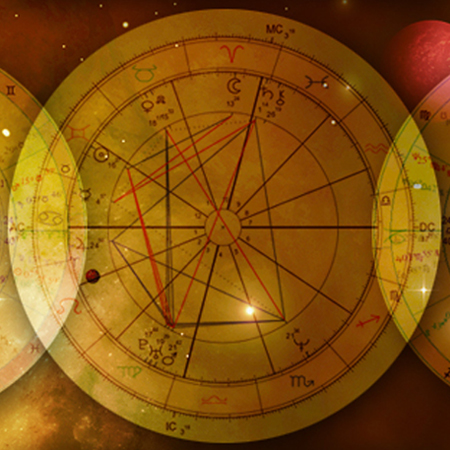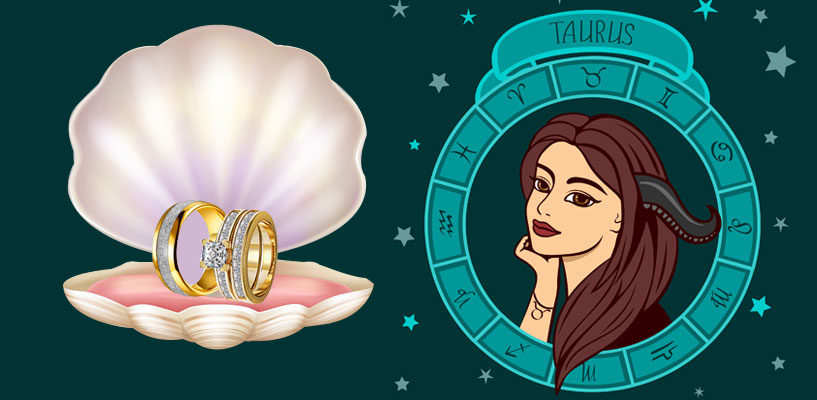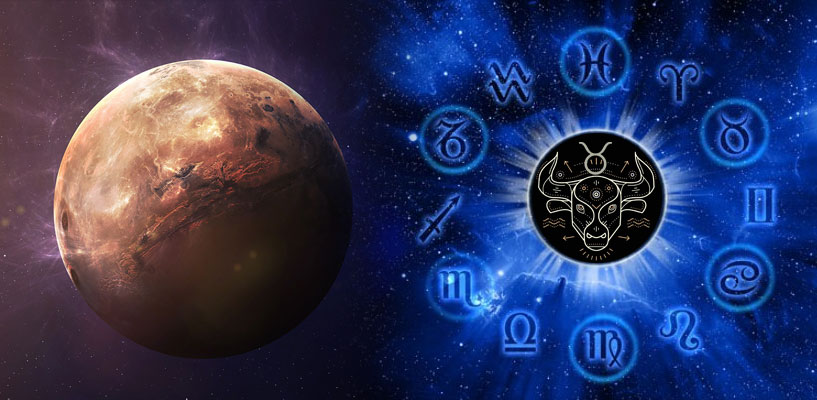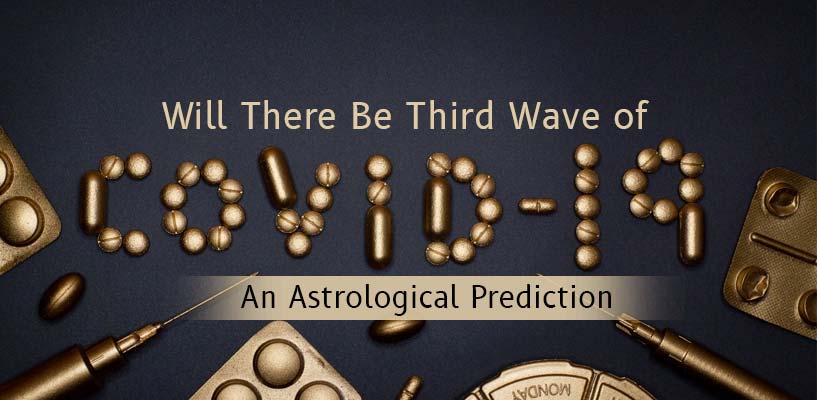Interpreting a Birth Chart in Vedic Astrology
Moon Sign Based
.jpg)
In order to make accurate astrological interpretations, it is very crucial to understand the placement of different planets, and how they affect each other. Once you know the basic nature of the planet and its relationship with other planets (friends, enemy, neutral), you can further dig into their interrelation and effect on each other using the P.A.C.E Method. P.A.C.E. means position, aspect, conjunction and exchange. Keep reading for the details.
Vedic Astrology prescribes predictions based on Moon Sign for more accuracy. Do not know your Moon Sign? Find out instantly for FREE by filling the form below!
Defining a chart using P.A.C.E method
Position: Each planet governs specific sign/s, except Rahu and Ketu. First of all, you need to see which house do planets occupy in a chart. Then find out if the planet/s are placed in own sign, exalted, debilitated, or in enemy sign. This helps determine the strength of the planets in the chart. Thus position is the prerequisite to move to more complex relations.
Aspect: In astrology, each planet aspects (watches) the 7th house from where it is placed. This aspect affects the strength of the house and the planet that occupies it. If benefic Jupiter is aspecting the 11th house of income and gains where unafflicted Moon is also placed, this is most likely good for income prospects.
Thus, the planets not only affect the house where they are placed but also the houses that they aspect. Sun, Moon, Mars, Jupiter, Venus, Saturn and Mercury aspect the 7th house, counting from where they are positioned.
Mars, Jupiter and Saturn also have special aspects. Mars aspects 4th, 7th, and 8th house from its house of placement. Jupiter aspects 5th, 7th, and 9th house from where it is placed. Saturn also has additional aspects of 3rd and 10th from where it is placed along with 7th of course.
Conjunction: When more than one planets are occupying the same house, it is called a conjunction in astrology. Each planet has specific energy like Sun is a fiery masculine planet while Venus is a watery feminine energy. Both the planets are enemy to each other. When these two planets sit in a house, their energies collide, so based on their element, quality, relationship and strength of the position, the conjunction strengthens or weakens the house. For example, Sun and Jupiter conjunction is considered very positive if unafflicted since both are friends. Sun gives confidence, good health and willpower while Jupiter affords the person with knowledge and wisdom.
Exchange: When ruling planets of two signs exchange their position, an Exchange take place. For instance, Sun rules Leo and Mars rules Aries. If Sun is placed in Aries and Mars is placed in Leo, this is called an exchange. Based on the strength of the planets and houses, there can be some unexpected results of the exchange, whether good or bad depends upon the level of affliction.
Exchange means that both the planets would gain the same level of strength that they could have if they were placed in their own sign. The effect of exchange depends upon several other factors, such as the house placement, aspect of other planets and conjunction with other planets.

Detailed Horoscope Reading
A horoscope is drawn as per the time, date & place of your birth to unravel the mysteries of your life. more
USD 49 / Rs.3430
 Best Compatibility Match for Taurus Woman
Best Compatibility Match for Taurus Woman
 Amitabh Bachchan's Birthday - What is so Special in his Birth Chart?
Amitabh Bachchan's Birthday - What is so Special in his Birth Chart?
 How to Handle Any Conflict in your Relationship as per your Zodiac Sign
How to Handle Any Conflict in your Relationship as per your Zodiac Sign
 Mercury Retrograde in Taurus
Mercury Retrograde in Taurus
 Will There Be Third Wave of Covid-19 - An Astrological Prediction
Will There Be Third Wave of Covid-19 - An Astrological Prediction
 Virgo Ascendant
Virgo Ascendant
